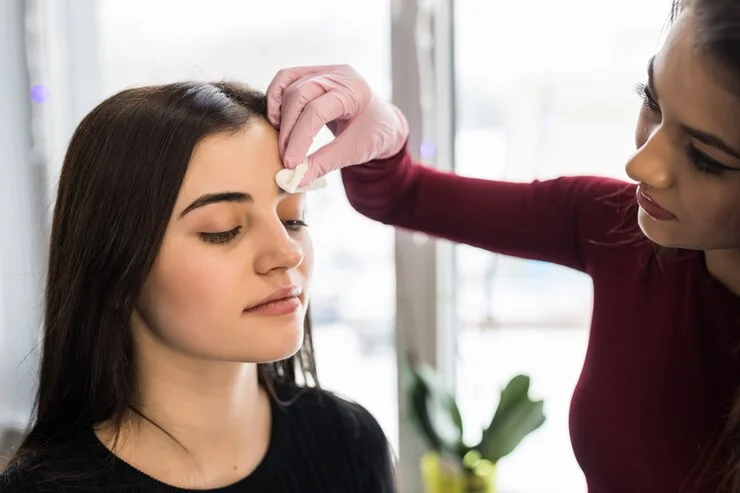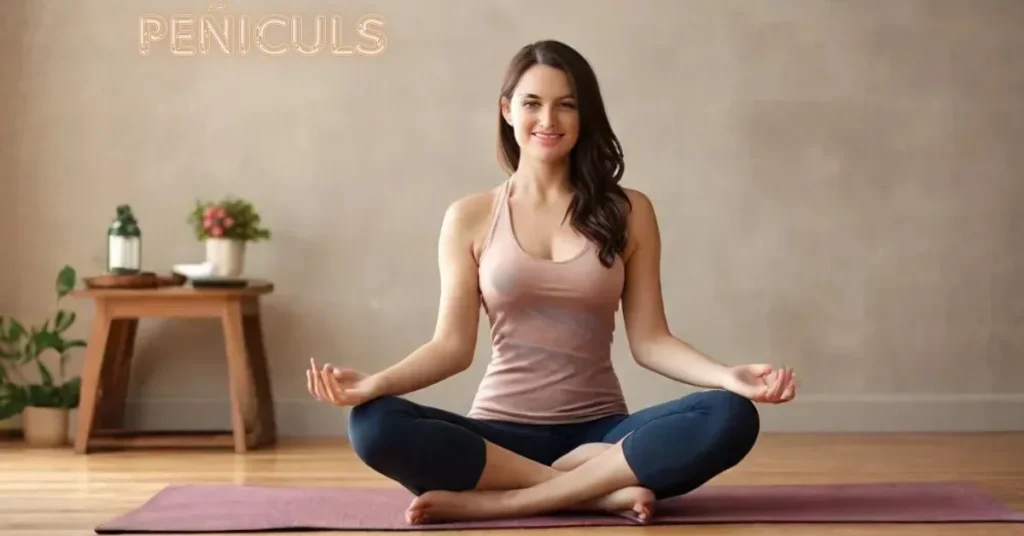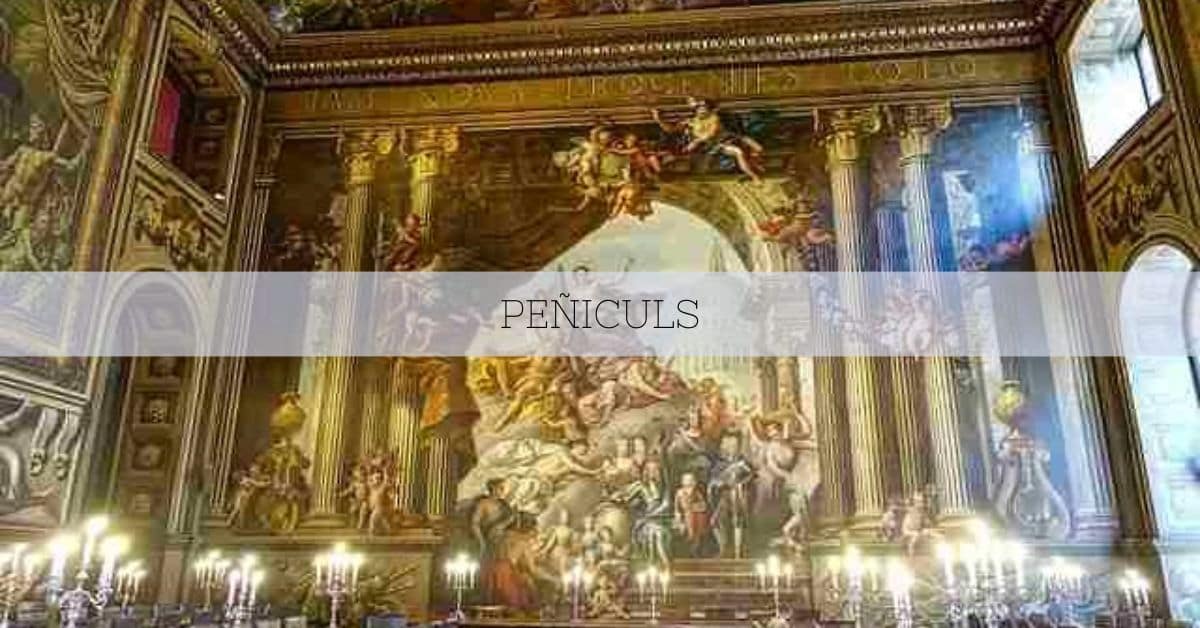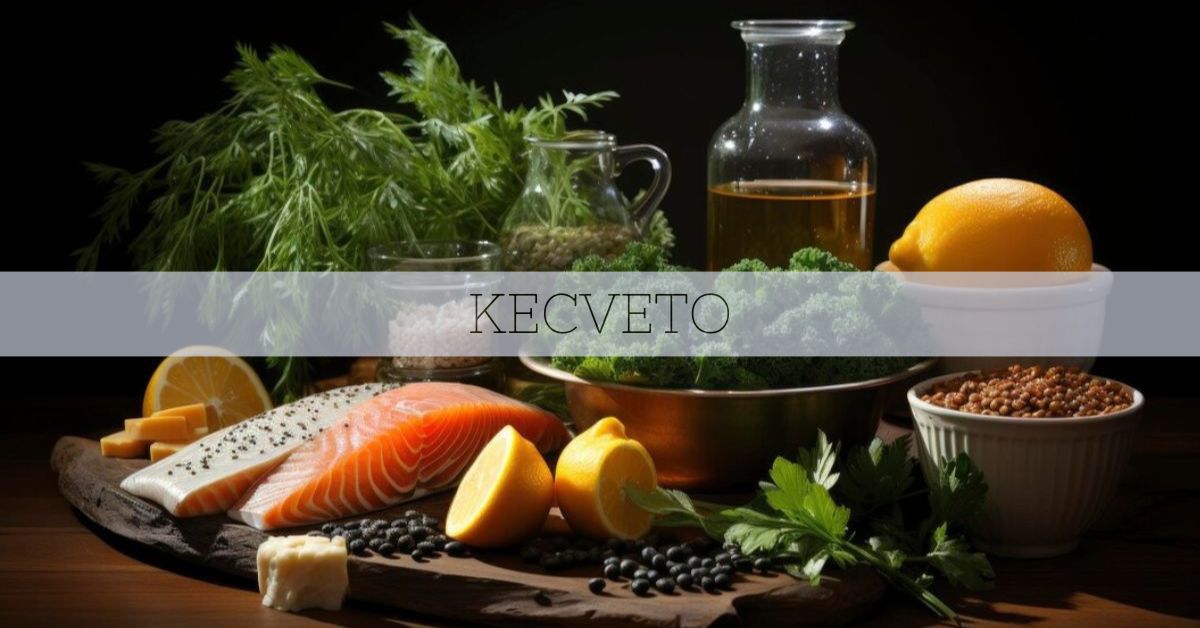I noticed a remarkable improvement in my overall well-being. The unique blend of cultural and health benefits provided by Peñiculs has truly transformed my approach to wellness.
Peñiculs are traditional items deeply rooted in cultural heritage, offering both historical significance and health benefits. These unique artifacts blend ancient practices with modern wellness, making them valuable for enhancing physical and mental well-being.
Discover how Peñiculs bridge the gap between ancient traditions and contemporary wellness practices, offering a fresh perspective on integrating culture into your daily routine.
What Are Peñiculs?
Peñiculs are traditional cultural items rooted in historical practices. They are often used in rituals, ceremonies, or as daily accessories. These items feature intricate patterns that reflect their cultural significance.
Peñiculs are not just artifacts; they symbolize the rich heritage of the cultures they represent. They often embody values, beliefs, and artistic expressions unique to specific communities. Their continued use underscores their importance in maintaining cultural identity.
In contemporary settings, Peñiculs have found new purposes. They are used in fashion, home decor, and even as collectibles. This evolution reflects how traditional items can blend with modern lifestyles while preserving their cultural roots.
When Are Peñiculs Used?
Peñiculs are prominently featured during cultural festivals and ceremonies. They play a significant role in these events, enhancing the ceremonial experience with their traditional significance. Their use in these contexts highlights their ongoing cultural relevance.

Beyond special occasions, Peñiculs are also incorporated into daily life. They can be seen in various forms, such as clothing accessories or home decor items. This everyday use underscores their versatility and continued importance.
Peñiculs are often used during special celebrations, such as weddings or anniversaries. They add a touch of tradition and elegance to these occasions, bridging the past with the present. Their presence in these events highlights their timeless appeal.
Read: Xatpes – Revolutionizing Communication In The Digital Age!
How Are Peñiculs Made?
Peñiculs are crafted using traditional techniques passed down through generations. These methods often involve handcrafting, which ensures each piece is unique. The use of traditional techniques helps preserve the authenticity of the Peñiculs.
The materials used in making Peñiculs vary, but they often include natural fibers and dyes. These materials are chosen for their durability and aesthetic qualities. The selection of materials contributes to the overall quality and longevity of the Peñiculs.
While traditional methods are central to Peñiculs, there are also modern adaptations. Some artisans blend contemporary techniques with traditional ones to create new variations. These adaptations reflect how Peñiculs continue to evolve while staying true to their roots.
What Makes Peñiculs Unique?
Peñiculs stand out due to their distinctive features, including intricate designs and vibrant colors. These features often carry cultural significance and artistic value. The uniqueness of Peñiculs is a key reason for their enduring appeal.
Peñiculs are deeply integrated into various cultural practices. Their design and use reflect specific cultural traditions and values. This integration highlights their role in preserving and expressing cultural identity.
Peñiculs have evolved to suit modern needs while maintaining traditional aspects. They are used in contemporary fashion, home decor, and more. This evolution demonstrates their adaptability and continued relevance in today’s world.
Where Can You Find Peñiculs?
Peñiculs can often be found in cultural markets and festivals. These venues offer a wide range of traditional items, including Peñiculs. Shopping at these markets provides an opportunity to explore and purchase authentic Peñiculs.

Peñiculs are sometimes featured in cultural exhibitions and art shows. These events highlight traditional crafts and offer a chance to see Peñiculs in a curated setting. Attending these exhibitions can provide insight into the artistry and cultural significance of Peñiculs.
Read: Komik Hisashiburi Ni Jikka Ni Kaettara Otouto Ga Ts Shiteta – Unveiling The Intricacies!
What Are the Benefits of Using Peñiculs?
Using Peñiculs allows individuals to connect with cultural traditions and heritage. They serve as a bridge between past practices and present-day life. This connection fosters a deeper understanding and appreciation of cultural heritage.
The symbolic value of Peñiculs contributes to their significance. They often represent meaningful aspects of culture, such as protection or prosperity. This symbolic value enriches the experience of using Peñiculs.
Many people find personal enjoyment in using Peñiculs, whether for their artistic beauty or cultural significance. This enjoyment enhances the overall value of Peñiculs beyond their functional or decorative purposes.
How to Care for Peñiculs?
To preserve Peñiculs, store them in a cool, dry place away from direct sunlight. Proper storage helps maintain their quality and prevents damage. Using protective coverings or cases can also safeguard them from environmental factors.
If Peñiculs become damaged, seek professional restoration services. Expert artisans can repair and restore them to their original condition. Professional restoration ensures that Peñiculs continue to be functional and visually appealing.
How to Incorporate Peñiculs into Modern Life?
Peñiculs can enhance home decor with their vibrant designs and cultural significance. They can be displayed as artwork or used in functional items like cushions or curtains. Using Peñiculs in home decor adds a unique and personal touch to your living space.

Peñiculs make thoughtful gifts and collectible items. Their cultural value and artistic craftsmanship make them special presents for loved ones. Collecting Peñiculs can also be a rewarding hobby that celebrates cultural heritage.
Read: Maññorca – Festivals, Hidden Germs And More!
FAQs:
1. What are the cultural origins of Peñiculs?
”Peñiculs” originate from various regions, each with its distinct cultural background. They are often linked to traditional practices and ceremonies, reflecting the cultural heritage of their respective areas.
2. Can Peñiculs be customized?
Yes,”Peñiculs”can be customized to fit personal preferences or specific cultural requirements. Artisans often offer customization options for design, color, and materials to suit individual tastes.
3. Are Peñiculs suitable for gifts?
“Peñiculs” make thoughtful and meaningful gifts, especially for those interested in cultural heritage or traditional crafts. They carry symbolic value and can be a unique addition to anyone’s collection.
4. How can Peñiculs be used in contemporary design?
“Peñiculs” can be integrated into contemporary design through fashion accessories, home decor, or artistic projects. Their traditional elements can add a unique touch to modern aesthetics and applications.
5. What are some common uses for Peñiculs in ceremonies?
In ceremonies, “Peñiculs“are often used to signify status, convey blessings, or mark special occasions. Their use can enhance the ceremonial experience by adding cultural depth and significance.
6. How do modern artisans approach Peñicul creation?
Modern artisans approach “Peñicul”creation by blending traditional techniques with contemporary designs. This approach allows for innovative adaptations while preserving the essence of cultural craftsmanship.
7. What challenges do artisans face when making Peñiculs?
Artisans may face challenges such as sourcing traditional materials, maintaining cultural accuracy, and competing with modern alternatives. Overcoming these challenges requires skill, dedication, and a deep understanding of cultural practices.
8. How can one learn more about the art of making Peñiculs?
To learn more about the art of making “Peñiculs”, one can attend workshops, visit cultural museums, or consult with experienced artisans. These resources provide insights into traditional techniques and cultural significance.
Conclusion:
Their intricate designs and deep symbolism connect us to historical practices and artistic craftsmanship. As we continue to explore and integrate Peñiculs into various aspects of life and art, we gain a greater appreciation for their role in preserving and evolving cultural traditions.
Read more:



